Gyoza Recipe – Few treats in Asian cuisine can match the delicious, flawlessly steamed or pan-fried packets of goodness known as gyoza. The globe over, people’s palates and hearts have been won over by these delicious dumplings. We will explore the rich tastes that distinguish gyoza, debunk the myths surrounding the distinctions between gyoza and other dumplings, and perfect the craft of making these savory pleasures as we set out on a culinary adventure to discover the background, origins, and subtleties of gyoza. Gyoza’s thin, crunchy wrappers and umami-packed fillings provide the right blend of textures and flavors. Join us as we delve into the secrets, techniques, and rich history of this famous meal. Whether you’re a beginner or a seasoned chef, this gyoza recipe will walk you through the steps to make these savory delicacies that are guaranteed to impress. Come along with us as we explore the fascinating world of gyoza.
Gyoza Recipe
The History of Gyoza: A Culinary Tale
Gyoza, or Japanese dumplings, have a rich history that spans centuries and crosses cultural boundaries. To really appreciate this renowned meal, we must take a gastronomic journey from its ancient origins to its celebrated role in current cuisine.
- Gyoza’s origins can be traced back to China, where they are known as “jiaozi.” For over a thousand years, these crescent-shaped dumplings have been a mainstay of Chinese cuisine. The oldest reports of jiaozi date back to the Eastern Han Dynasty (25-220 AD), when it was prepared to prevent frostbite during hard winters.
- Gyoza arrived in Japan in the late nineteenth century as a result of cultural interaction and migration. Chinese immigrants introduced this culinary treasure to Japan, first calling them “Chinese dumplings” (中華餃子, Chūka gyoza). Japanese chefs gradually customized the meal to local tastes and preferences, resulting in the characteristic gyoza we know today.
- Gyoza are a sign of camaraderie and celebration as well as a culinary delight. They are popular in Japan around the New Year and other special events. Making and sharing gyoza is a treasured custom that brings families and friends together.
- Japanese gyoza differ from their Chinese counterparts due to their thinner wrappers and distinctive fillings, which frequently include pork, cabbage, and garlic.
- Gyoza have garnered international popularity and are now eaten by people all over the world. These savory dumplings are available in a variety of forms and tastes in Japanese restaurants, street sellers, and home kitchens. Gyoza festivals and competitions honor the variety and culinary talent of gyoza.
Gyoza’s history demonstrates the power of cultural interaction and culinary innovation. Gyoza have evolved from humble beginnings in China to refinement in Japan, becoming a popular delicacy that crosses borders and generations. Gyoza continue to excite taste buds and connect people via the universal language of food, whether you’re relishing them in a traditional Japanese cafe or making your own at home.
Is Gyoza Chinese or Japanese?
Because of its historical voyage and culinary changes, determining whether gyoza is Chinese or Japanese can be a bit complicated. Gyoza originated in both China and Japan, making it a culinary invention that spans two civilizations.
- Chinese Origins: Gyoza’s ancestors are from China, where they are known as “jiaozi.” Chinese jiaozi, which have a characteristic crescent form, have been a part of Chinese cuisine for over a thousand years.
- Japanese Innovation: Gyoza arrived in Japan in the late nineteenth century as a result of cultural interaction and migration, particularly by Chinese immigrants. Originally known as “Chinese dumplings” (中華餃子, Chūka gyoza), they were heavily modified to suit Japanese tastes and skills.
Important Japanese Adaptations:
- Japanese gyoza wrappers are often thinner and more delicate than Chinese gyoza wrappers. When pan-fried, the thinness allows for a delicious crunchy texture.
- Fillings that are well-balanced: Gyoza fillings in Japan are finely minced and frequently include ground pork, finely chopped cabbage, garlic, and ginger. The combination of these substances results in a pleasant blend of umami sensations.
- Gyoza is generally pan-fried in Japan, resulting in a crispy, golden-brown bottom with a juicy, savory center. Gyoza may be steamed after pan-frying in some circumstances to ensure equal cooking.
While gyoza has Chinese jiaozi roots, the Japanese have adapted and refined it into a separate delicacy known as gyoza. As a result, gyoza is both Chinese in origin and Japanese in terms of present culinary identity.
Dumplings vs. Gyoza: Unraveling the Differences
Dumplings and gyoza have similarities in that they are both delicious pockets of food encased in dough, but they also have different qualities that define them apart. Let’s look at the main differences:
- Source:
- A large range of dough-wrapped foods from many cultures around the world fall under the category of dumplings.
- Gyoza especially refers to a Japanese interpretation of Chinese jiaozi that places an emphasis on flavor balance and accuracy.
2. Packaging:
- The thickness, texture, and components of dumpling wrappers vary greatly depending on their regional origin. They can be thick or thin, made of wheat or rice flour, and boiled, steamed, or pan-fried.
- Gyoza are renowned for their delicate, almost translucent wrappers, which when pan-fried, turn deliciously crunchy.
3. Adding:
- The diversity of contents for dumplings is astounding; they can include tofu, minced meat, seafood, veggies, and a wide range of seasonings.
- Gyoza contents are precisely adjusted for a harmonic umami flavor and are often made with finely chopped ground pork, cabbage, garlic, and ginger.
4. Preparation Style:
- Depending on local customs, dumplings can be boiled, steamed, deep-fried, or pan-fried.
- Gyoza is typically pan-fried to get a crispy outside and tender, delicious within. To ensure consistent cooking, steaming may come after panfrying.
5. Regional Differences:
- There are innumerable regional versions of dumplings throughout the world, each including distinctive ingredients, flavors, and cultural importance.
- Japanese accuracy and flavor harmony are embodied by the particular style of dumpling known as gyoza, which was developed in Japan.
In essence, while both dumplings and gyoza have dough-wrapped fillings in common, gyoza stands out as a distinct and exact Japanese adaption, known for its thin, crispy wrappers and delicately balanced umami contents. The contrasts between the two highlight the world’s different culinary cultures.
Personal preference determines whether to eat Japanese gyoza or Chinese jiaozi. Some people love the delicate, crispy texture of Japanese gyoza, but others prefer the varied and strong flavors of Chinese jiaozi. It’s worth trying both and observing which style appeals to your taste buds to determine which is more delectable.
Gyoza Recipe
Prepare to take a savory journey into the heart of Japanese cuisine as we learn how to make gyoza, those wonderful dumplings that tickle taste senses with every bite. Whether you’re a seasoned chef or a rookie in the kitchen, our step-by-step tutorial will walk you through the difficult process of preparing gyoza, guaranteeing that your culinary adventure yields wonderful, handcrafted treasures. Each stage, from the delicate wrapper to the harmonic filling, is a monument to the long heritage and painstaking artistry that has gone into this renowned delicacy. So, roll up your sleeves, gather your supplies, and prepare to enter the world of gyoza-making mastery.
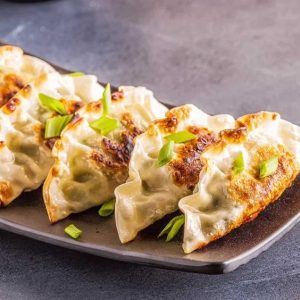
Gyoza Recipe
Equipment
- Gyoza wrappers
- Mixing Bowl
- Frying pan
- Spatula
- Dipping sauce dish
Ingredients
- Gyoza wrappers
- Ground pork
- Cabbage, finely chopped
- Garlic
- Ginger
- Soy sauce
- Sesame oil
- Salt and pepper
- Water (for sealing)
Instructions
- In a mixing bowl, combine ground pork, chopped cabbage, minced garlic, grated ginger, soy sauce, sesame oil, salt, and pepper.
- Fill each gyoza wrapper with a teaspoon of filling. Wet the edge, fold it in half, then pleat the edges to seal it.
- Heat the oil in a pan and arrange the gyoza in a single layer. Cook the bottoms till golden brown.
- Cover the pan with water and steam the gyoza until fully cooked and the wrappers are transparent.
- Serve with a soy sauce, rice vinegar, and chili oil dipping sauce.
Conclusion
Gyoza, or Japanese dumplings, have taken the culinary world by storm thanks to their tempting combination of flavors, textures, and cultural influences. As we come to the end of our voyage through the world of gyoza, we are enriched by the history, enthralled by the nuances, and anxious to partake in these delectable treats.
Gyoza encapsulate decades of culinary expertise, from its ancient origins in China to their refined evolution in Japan. Their paper-thin, crunchy wrappers encase finely minced ingredients, producing an umami symphony. The exact folding and pleating of these dumplings adds to their visual appeal, demonstrating the Japanese commitment to excellence.
The beauty of gyoza resides in its universal appeal, whether you’re relishing it at a Japanese restaurant, polishing your skills at home, or exploring regional variants. It crosses boundaries, bringing people together over shared plates and smiles.
Remember that gyoza is a cultural voyage, a gastronomic masterpiece, and an invitation to experience the simple pleasures of life—one mouthful at a time—as you embark on your gyoza-making expedition, armed with knowledge of its history, preparation, and nuances. So gather your supplies, improve your folding technique, and enjoy the lovely experience of making and eating these delectable treats.
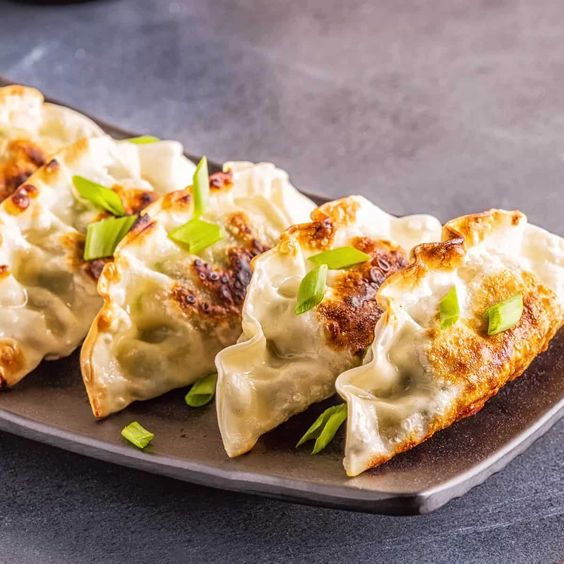

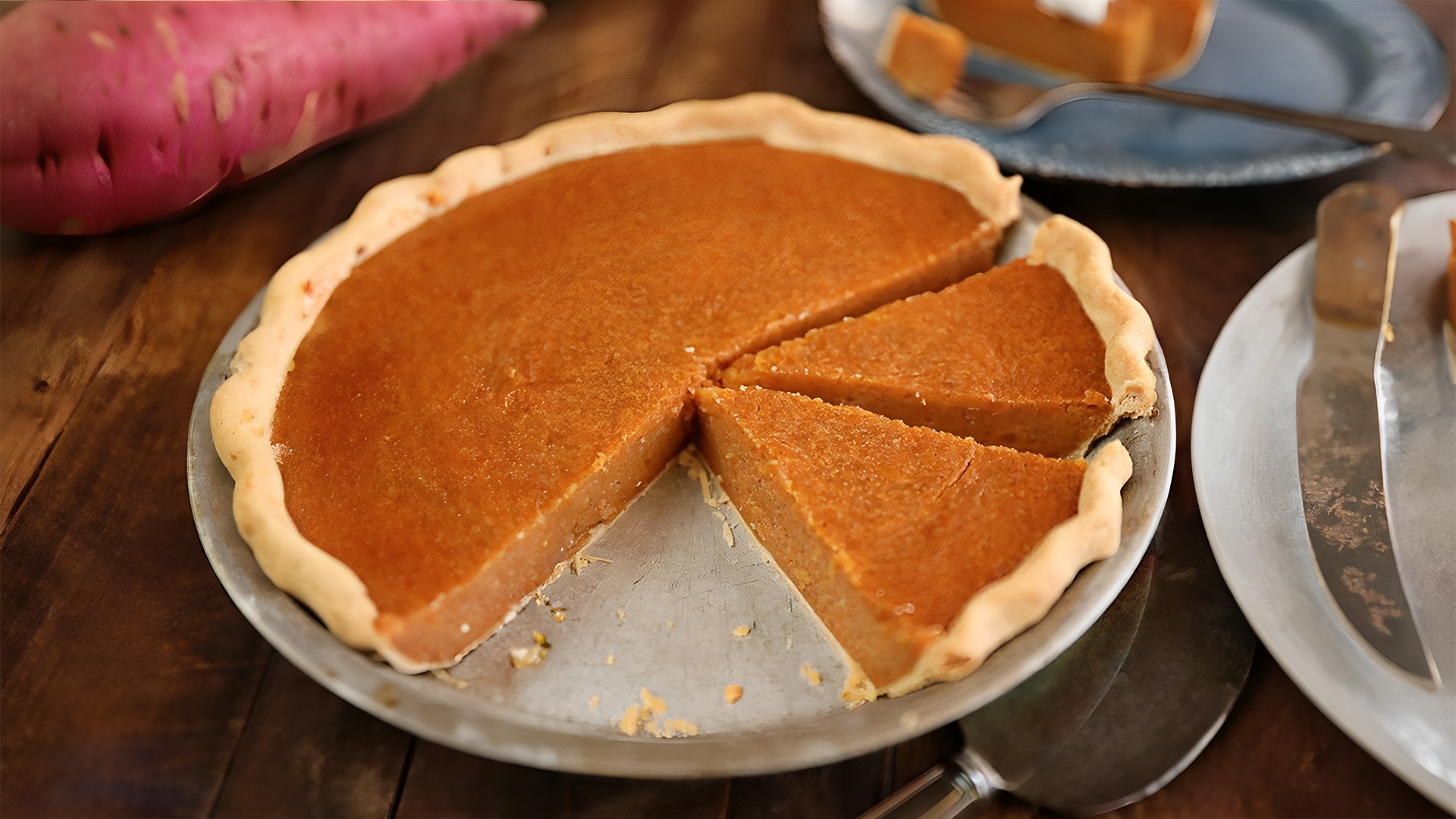
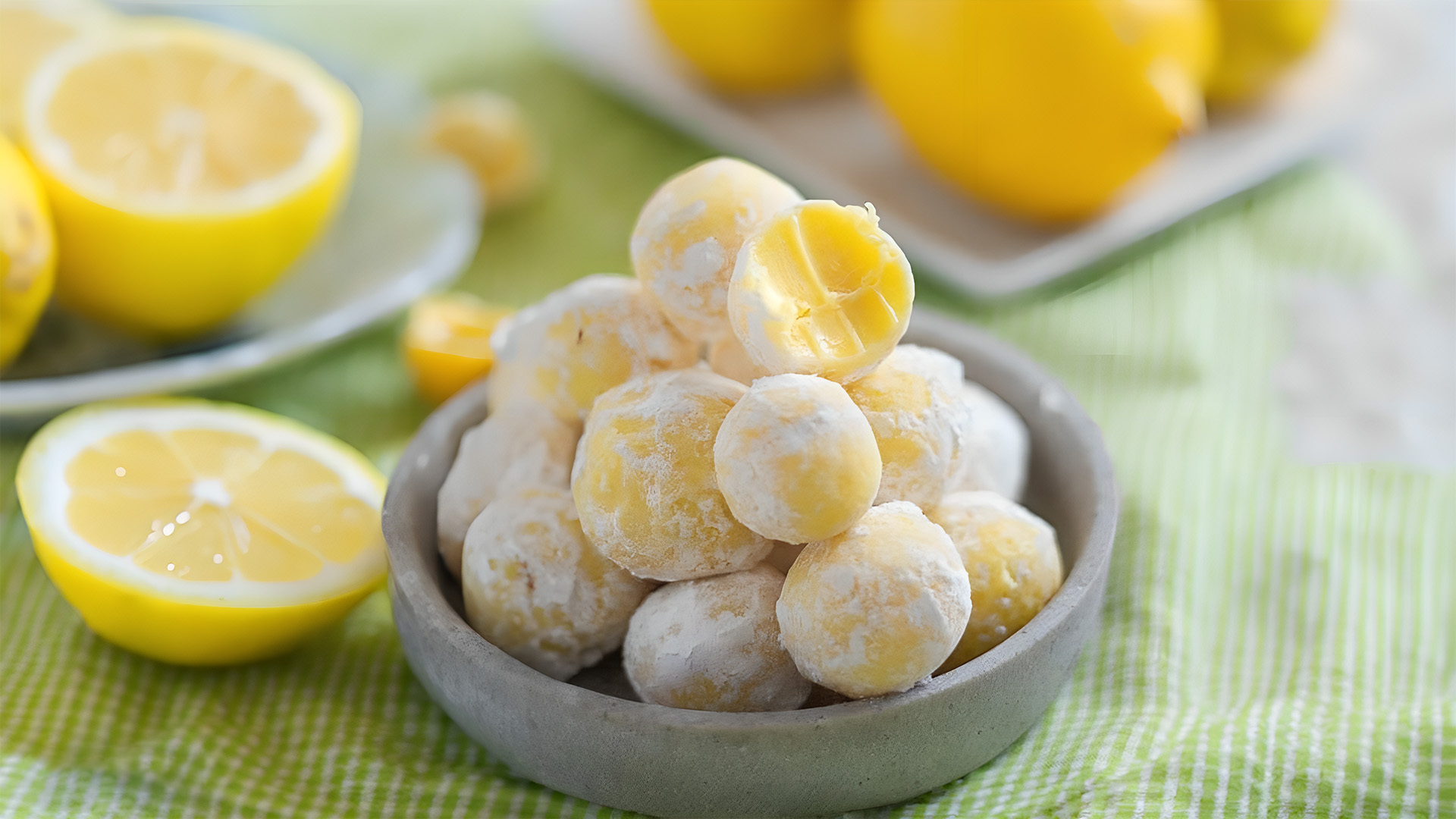
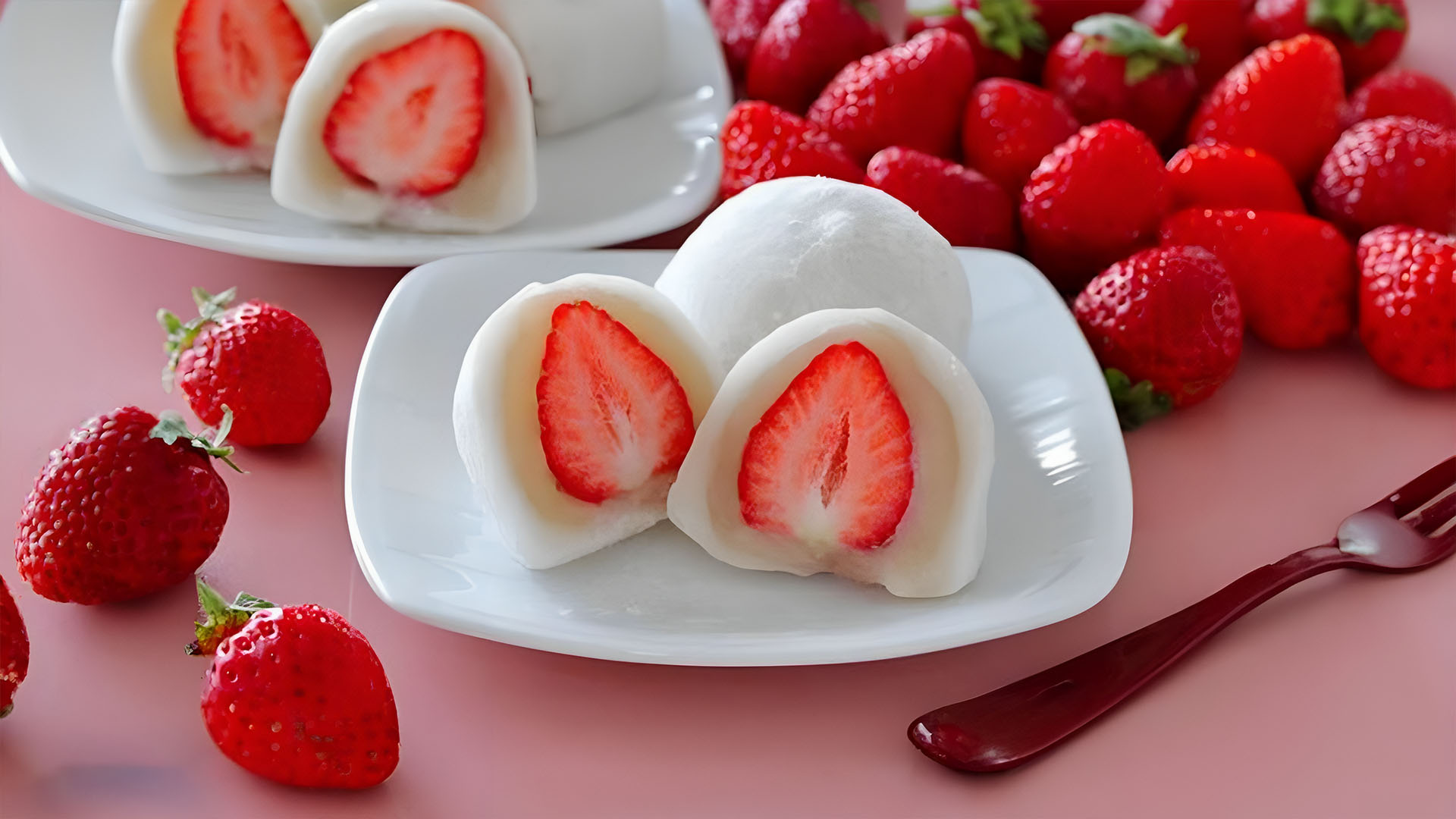






Leave a Reply